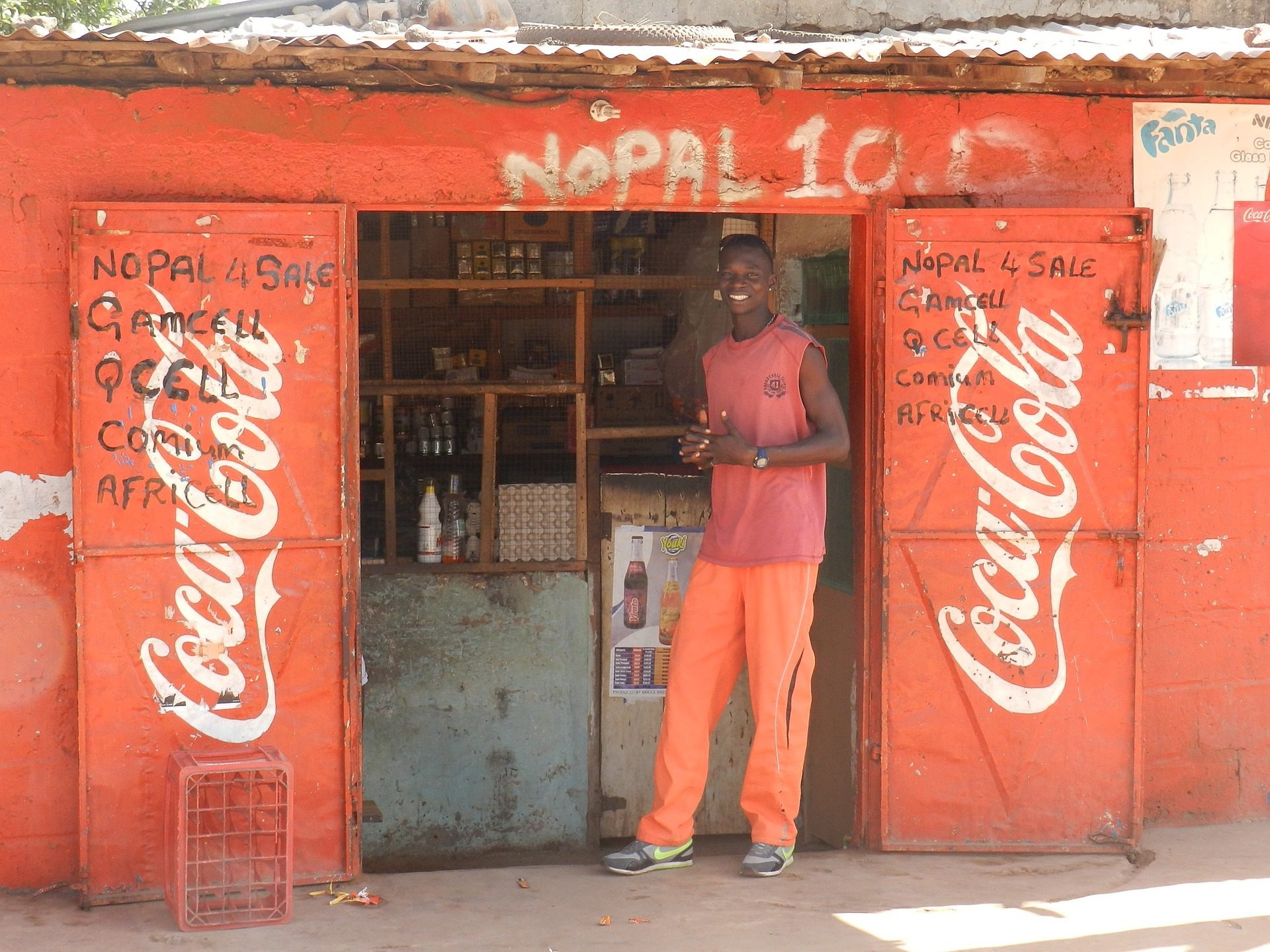
Sexual Exploitation of Boys: Gambia Report 2022
Background and Rationale
Violence against children, including child sexual exploitation and abuse (CSEA), is estimated to affect millions of children worldwide and no country or region is immune. It has the potential to impact upon children in all socio-economic groups, of all educational levels, and across all ethnic and cultural groups. While data about sexual exploitation of all children is generally lacking, this is even more so when looking at boys specifically. For example, in the rare cases that countries collect prevalence data on sexual exploitation and abuse of children, samples are often limited to adolescent girls, obscuring any understanding of the unique experiences and vulnerabilities of boys. In recent years, there has been an increasing awareness of the gap in the global understanding of how boys are impacted by sexual exploitation, and the limited evidence available suggests that in certain contexts, boys are just as heavily impacted as girls, and in some contexts, maybe even more. Boys – regardless of whether they are heterosexual or of diverse sexual orientation – may also face legal consequences in countries where homosexuality is criminalised, as is the case in The Gambia, if they disclose that they were victimised by an offender of the same sex.
The influence of gender norms around masculinity and femininity are important to consider in understanding child sexual exploitation and abuse, and we can observe that what is attributed to one gender, is often denied to others. These norms typically hold that males are strong and invulnerable, less likely to be victimised and seriously affected, and more resilient – while females are considered vulnerable, more often abused, more significantly affected and in need of support. Such beliefs often hamper equitable and necessary discourse on the sexual exploitation of children of all genders, but especially for boys where the development of policies, practices, advocacy, and research methodologies about the sexual exploitation of children regularly underrepresents, or even completely excludes boys. “While many vulnerability factors for sexual exploitation and abuse are common to all genders, boys’ access to support is unquestioningly conditioned by gender norms, constraining their help-seeking behaviour and their ability to seek care.”
While these circumstances should by no means detract attention from continued research, advocacy, and support for girls subjected to sexual exploitation, there is a clear need for greater advocacy, understanding and a higher quality evidence-base on the sexual exploitation of children of all genders, to better inform all work to prevent and respond appropriately to their needs.
A Global Boys’ Initiative
As the programmatic responses to identify and meet the needs of boys are scarce, ECPAT International launched the Global Boys’ Initiative to explore the sexual exploitation of boys, activating our worldwide network of member organisations in a range of research and response activities focused on boys. To meet the initial challenge of such limited data, in 2020-21, the Global Boys’ Initiative embarked on a series of research projects in ten countries around the world, to shed light on understanding sexual exploitation involving boys, what factors lead to their vulnerability and increased risk, and what their needs are in terms of prevention, protection and support services. Much of this initial research phase was generously funded by SIDA, which allowed primary research to be conducted through partnerships between the ECPAT International secretariat and national ECPAT member organisations.
This Report
The organisation Child Protection Alliance has been at the forefront of actions to prevent and respond to sexual exploitation of children in The Gambia since 2001. The Child Protection Alliance and ECPAT International partnered to complete a legal analysis of Gambian legislation and how it applies to boys during 2021. International instruments aimed at enshrining the rights of children provide comprehensive protection against sexual exploitation for all children irrespective of gender. It is important that all State parties endeavour to provide the same level of protection, through robust legislation and effective policy, which place the interests of the child at their forefront. Article 34 of the CRC requires State parties to protect children from “all forms of sexual exploitation”. It explicitly outlines that the State Parties must prevent: ‘1) the coercion of a child to engage in any unlawful sexual activity; 2) the exploitative use of children in prostitution or other unlawful sexual practices; and 3) the exploitive use of children in pornography.’ This is compounded with Article 19 wherein it states that “the State Parties must undertake legislative, administrative, social and educational measures to protect the child from all forms of violence including exploitation and sexual abuse.”
In this context, Child Protection Alliance and ECPAT International conducted a comprehensive analysis of the Gambian legal framework which addresses various crimes related to the sexual exploitation and abuse of children, with a focus on boys. United Nations. (1989). UN Convention on the Rights of the Child. Article 34. 7 Ibid., Article 19. The legislative analysis used a standard checklist including approximately 120 points and subpoints that was created by ECPAT International for the Global Boys Initiative. Staff from Child Protection Alliance explored the national legislation and completed the checklist, followed by research staff from ECPAT International using this information to inform further analysis and compile a narrative.
Read or download full report here.
